Spring time now means the return of annual food festivals at Knott’s Berry Farm and Disneyland Resort.
The dark purple smear across the faces of the six people in the pie-eating contest at Knott’s Berry Farm is a pretty good indication that spring has arrived.
Like the wildflowers, Daylight Savings Time and the start of baseball season, the spring food festivals at Orange County’s local theme parks have become synonymous with the vernal equinox. It’s a pleasant trend that benefits locals the most. Why Knott’s Berry Farm and Disneyland and Disney California Adventure parks have become such reliable foodie destinations is likely at least partly from evolving consumer demands for park activities.
For the Disneyland Resort, food is part of the future, but Knott’s long-running annual Boysenberry Festival is really an homage to days gone by, when it really was just a farm.
“Its Orange County roots are pretty solid,” says Karl Busche, buying manager for merchandise at Knott’s. “This is the mothership of boysenberries.”
Busche says that besides popular returning items like boysenberry mash potatoes, there are 21 new boysenberry food items for the 2024 festival (running through April 28).
“Some things we go in and out of, like the boysenberry-blueberry syrup, the boysenberry-peach, the boysenberry-tomato, we have brought in new things. New muffin mixes, things where you can take a can of boysenberries and mix them together for new things. The boysenberry cocoa is new. Boysenberry coffees, coffee syrups are new. We carry 18 types of jerky, but sell most of it during the festival. We have a booth. We’ve introduced the Korean BBQ, the boysenberry buffalo and boysenberry serrano this year, but we have 15 other types. Between the food, the merch and the fun stuff, this is one of our biggest seasons of the year.”
Many park fans love the boysenberry pie hats, but this year, there are also boysenberry pie slice slippers to match, for those who like to dress like they eat. But Busche also acknowledges the times.
“Prices have gone up over the years,” he says. “We know it causes a problem with people, so we took the whole idea and made it all mix and match. Buy three items — three jams, three butters, three syrups, whatever, mix and match, for $9.99 each. We’re making it a little more affordable. We’re trying.”
Andre Lane, executive chef for Knott’s, says to achieve the boysenberry-flavored, people-pleasing results of each year’s festival, it’s a process.
“About a year out, we produce ideas and start talking about it,” Lane says. “Then at about eight months, we’ll start sampling. By the five-month mark, we’ve solidified the menu, and start talking about the recipes, what’s going to go on the card and getting our vendors involved. It really takes a year. When you’re making a menu item for seven weeks of about 50,000 people, it’s about really nailing the recipe. Whether you come here on the first day or the last day of the Boysenberry Festival, it’s going to taste exactly the same.”
But as tasty as the berry might be, it’s too easy to overdo it and offer a selection of food that would offer little to visitors whose palates are more sophisticated than even 20 years ago.
“You don’t just want to taste boysenberry,” Lane says. “Like the boysenberry mash potatoes, how do you balance that out? It’s finding that balance there. The best balance of enhancing what we have with that wonderful little berry, it’s either the drinks or BBQ sauce always complements, and the pastries.”
A few miles down the freeway, Disney California Adventure Food & Wine Festival (running through April 22) is a continuing effort — like the new and refurbished Disney hotels nearby — to expand on the idea of what Disneyland can be for visitors, and being a fully 21st Century international family brand. It also enhances California Adventure’s appeal as a singular destination, and not just the bonus to a Park Hopper pass.
Jimmy Weita, the park’s festival and events executive chef says the festival, and the other food events designed around cultural holidays, is the kind of idea that probably wouldn’t have been possible back when California Adventure opened.
“This is more the last 10 years, and the best thing about festivals is, at least our favorite, is that you have the ability to be more flexible and try different ideas that you normally can’t do in a restaurant,” Weita says. “And because it’s a short-run festival, we can kind of check the temperature of what the demand is and what guests are looking for.”
First, the objective is to make foods that are tasty, but also mobile, allowing, even encouraging visitors, to keep moving. But the items also try to capture changing tastes, including more culturally diverse food items as well as more vegetarian items. The best example of all of these objectives coming together might be the street taco made of plant-based fish. It was one of the hottest items on opening day of the festival.
“In every festival,” Weita says, “internally, we are culturally making sure we’re heading down the right path, like the [Festival of Holidays], where a lot of dishes are culturally based. We like to take a lot of liberties and do our mashups and find things that pair well together. But at the same time, not be too off in left field. It plays a very big part.”
Weita chuckles, because all the experimenting has led to a few items he thinks were a bit misunderstood.
“Sometimes they work great. Sometimes they don’t. A couple of years ago, we did a peanut butter and jelly mac. One of my favorites,” Weita says. “It was based on warm peanut butter and jelly sandwiches I had growing up. It was the most controversial dish we ever had. I heard it on late night TV, the news, but the nuts and bolts of it are very common. I mean, it’s peanut sauce and noodles, which is very Thai. We didn’t invent it. And then adding a sweet component with the strawberry and some streusel. It really tasted like a warm peanut butter and jelly sandwich, but you either loved it or hated it, there was no in-between. But that’s what I love about it, we have the ability to try different things and if they work, we bring them back and if they don’t, we’ll try something else.”
As the festival title implies, there is alcohol being served at California Adventure too, but the array of beverages are really aimed at offering something for parents, teens, kids and the many adult Disney regulars.
On the one hand, they celebrate California culture — like Knott’s Boysenberry Festival— representing various regions, breweries, vineyards and California-inspired concepts. But the park researches trends as well as keeping an eye on the popularity of drinks from previous years, and perhaps not surprisingly, drinks that look good on social media. And of course, there’s simple flavor. Park mixologists say they strive to achieve a balance of sweet, crisp, refreshing and other elements in beverages with some of the prime examples being the Frozen Mangonada Beer Slush, the PB&J Whiskey Shake and the Fig Matcha Latte.
Theme park spring food festivals have become celebrations where the past is comfortable and the future is adventurous — but regardless, it all tastes surprisingly good.
By Shawn Price

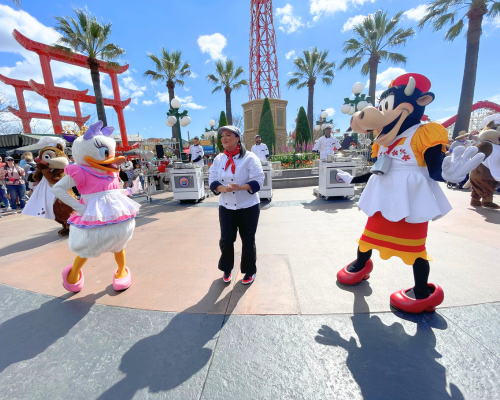

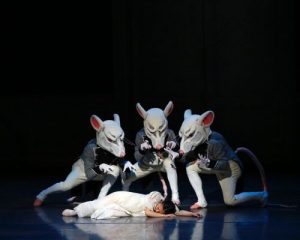

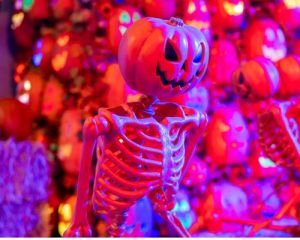
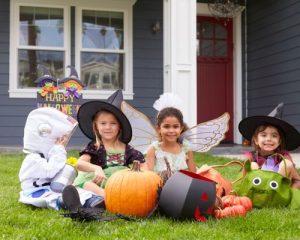
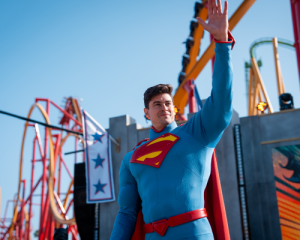
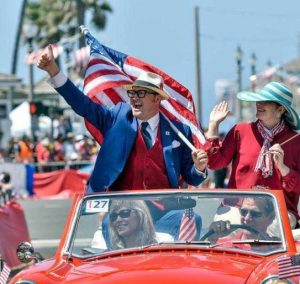

Leave a Reply